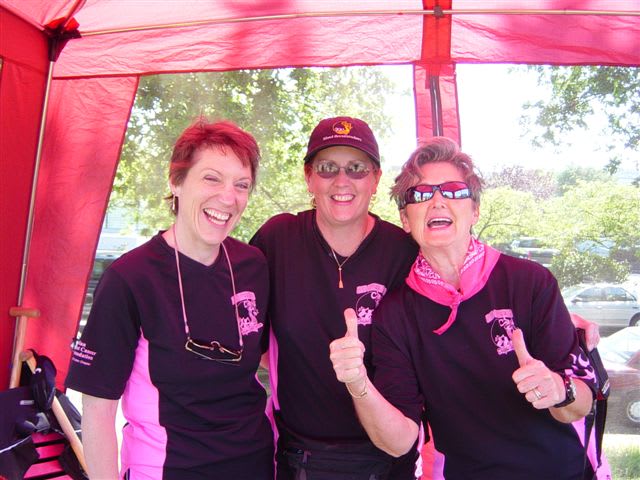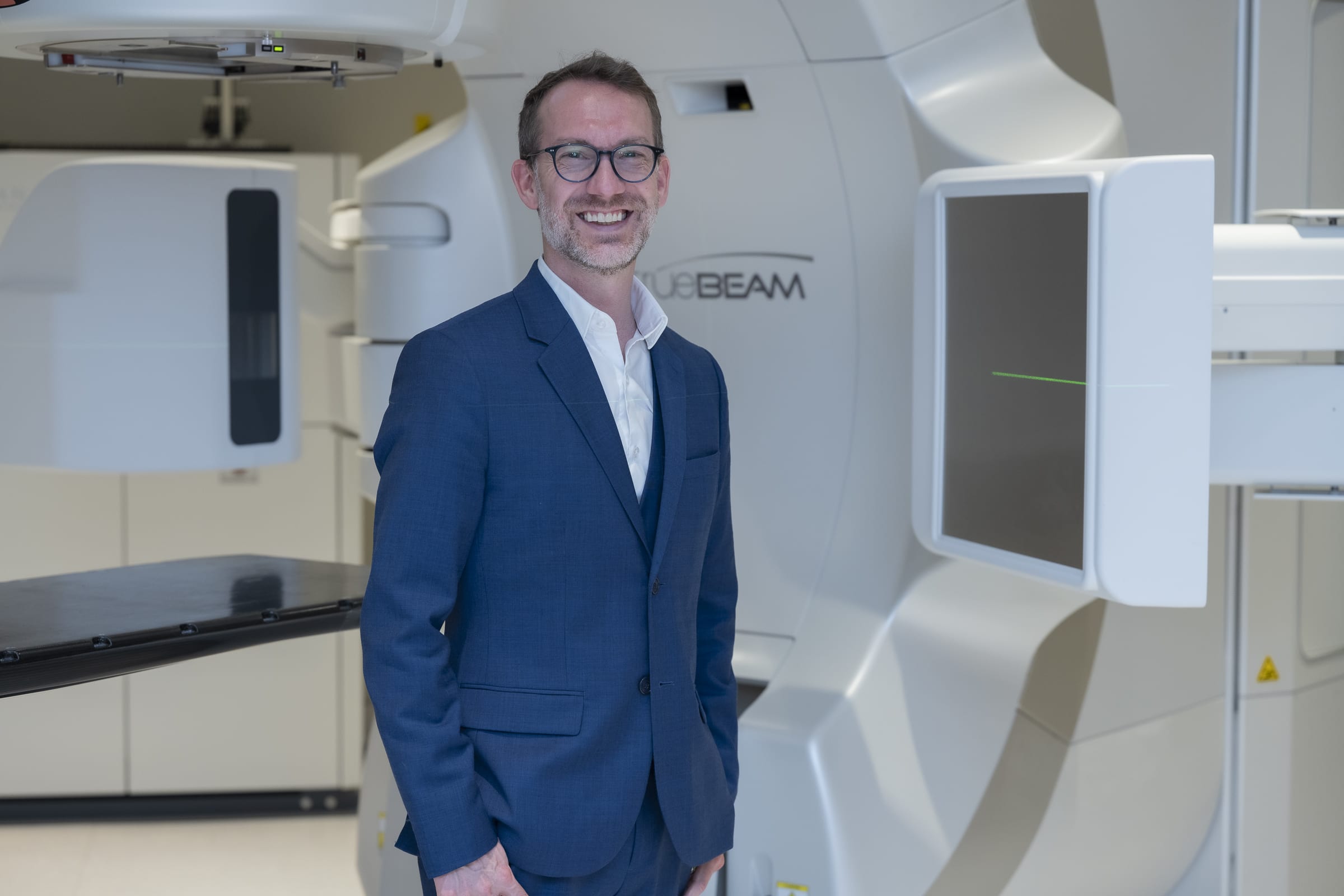I’m often asked about the future of cancer in B.C. – and about BC Cancer’s future key areas of focus. When I first blogged, back in mid-December, I mentioned the critical need for a plan that will guide us for the next several years.
That’s because we know what the cancer volumes will look like in 10 years, and beyond. We know the number of people being diagnosed with cancer is rising steadily. We know that, thanks to advances in research, diagnostics and treatments, people are living longer with cancer.
We know we don’t have the infrastructure to accommodate this coming cancer “tsunami.” So a big focus is to move the planning process along to create the facilities we need to treat the patients we know we’ll have to deal with.
Last year more than 27,000 British Columbians were diagnosed with cancer. In 15 years that number will increase to more than 40,000. This is driven not by people living an unhealthy lifestyle – in B.C., we have the lowest smoking rates and lowest incidence of cancer in the country – but rather because of our aging population, and the risk of cancer increases with age.
How to meet future demand and provide exceptional care
So our approach must be thoughtful in terms of building that capacity throughout the province, so wherever possible people can get treatments close to home. That involves investment, not just in our current cancer centres but also in creating new centres, and building further capacity in our Community Oncology Network partnerships across the province, where so much of the chemotherapy is currently delivered.
Infrastructure is tied closely to a workforce strategy. Cancer requires a lot of specialized care. We need to ensure that people are being trained and will be available to us as we anticipate the greater demand. How many people we need, and what sort of people we need, and making sure we are graduating enough of them, will be a key, long-term priority.
Then there is the issue of partnerships. So much of our cancer care – surgery, diagnosis, in-patient care, palliative care – is delivered outside the walls of the six BC Cancer centres.
Collaboration key to maintaining high standard of care
So we need to work closely with the other health authorities in B.C. To ensure a consistent high standard of care, we must have robust provincial standards around all cancer-related activities. We must also see things from a patient’s point of view.
As they navigate between diagnosis, surgery, radiation and chemotherapy, among other services, that journey needs to be well-integrated, and appear seamless to them. That’s a big piece of work, but also how we’re going to build the cancer system of the future.
One key partnership: working closely with primary care to co-manage a lot of their patients who have cancer. We can’t manage everyone at our centres. Frankly, many of them are better served seeing their family doctors, who they know so well, once they’ve finished their treatments. But those doctors must be well-supported and have the information they need to monitor their patients’ cancer situation.
Another big issue is cancer surgery. There are well-defined benchmarks for what defines quality in cancer surgery and we may need to determine where surgeries take place – we are just starting to collect the data to monitor the system. We also need to take a closer look at wait times for surgical procedures. Developing a more robust surgical oncology system is critical.
Donors play a critical role in long-term vision
Finally, I also think about innovations – an area where the BC Cancer Foundation has long been a critical partner, whether it’s new treatments or diagnostics or technology. But we need to think about innovations in care. Given budgets and the costs of care, we must look at ways of delivering team-based care that maintains high quality but is more cost-effective.
None of these things will be easy; they will all take time. You, and the Foundation, play a big role. In all of our important capital campaigns in the recent past, from new PET/CTs coming to Victoria and Kelowna to a new pharmacy in Surrey, the Foundation was our key partner in both funding and accelerating those initiatives through the system. That will continue as we look to rally communities around the things we think are most important in the face of that wave I’ve described.
I want to thank the Foundation for inviting me to blog over the past few weeks – the first time I’ve done so since early 2016, not long after I arrived in B.C. And huge thanks to you, our supporters, for your ongoing giving, and your belief in the important work BC Cancer is doing to change outcomes for the people of B.C. Happy New Year, and all the best in 2019.
Malcolm


